Beyond the Dungeon: A Journey into Unexplored 2: The Wayfarer’s Legacy
Popular Now
 Fortnite
Fortnite
 CarX Street
CarX Street
 Free Fire
Free Fire
 Schedule I
Schedule I
 Brawl Stars
Brawl Stars
 Minecraft
Minecraft
 Geometry Dash
Geometry Dash
 R.E.P.O
R.E.P.O
 Toca Boca World
Toca Boca World
 Among Us
Among Us 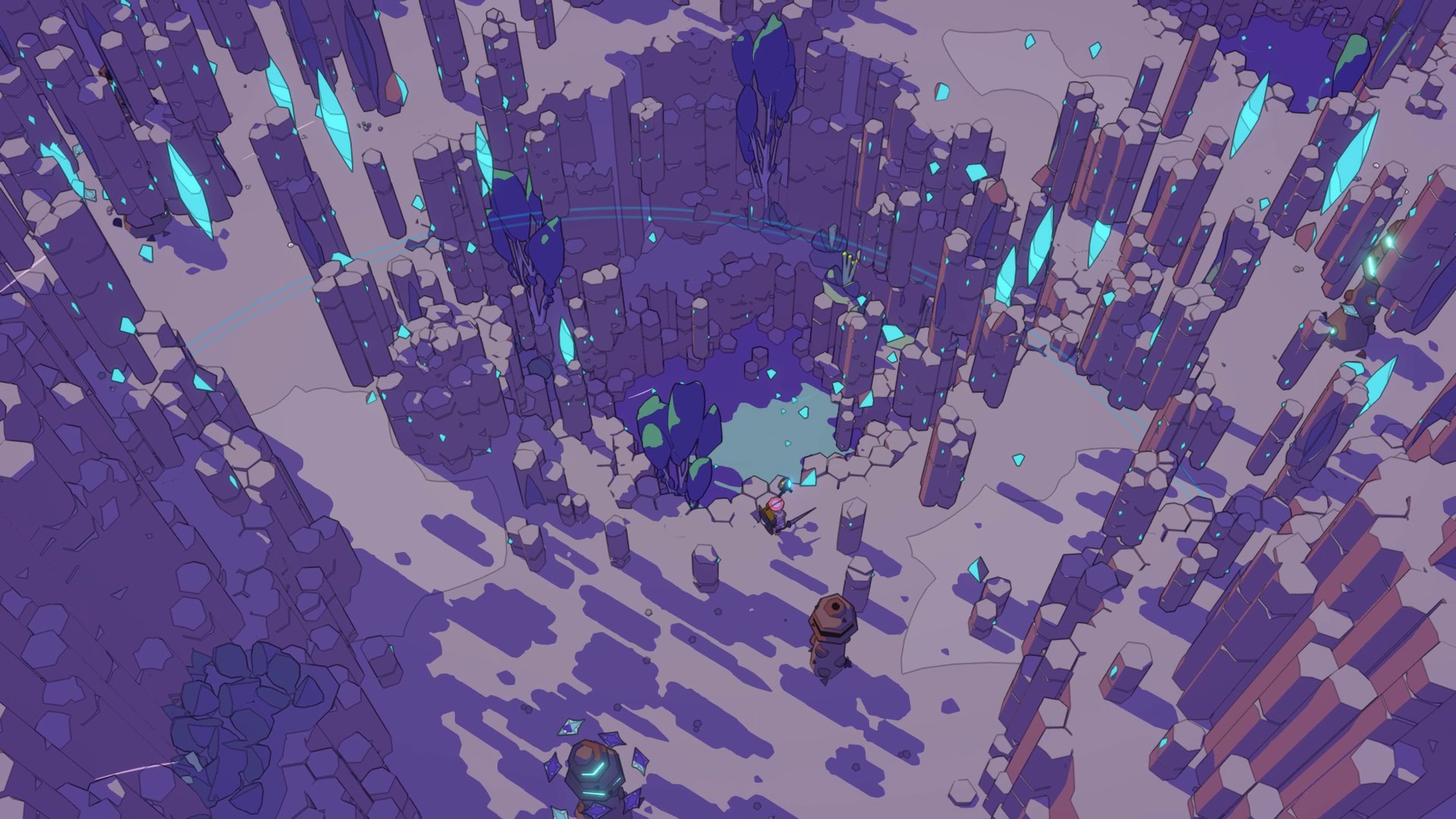
The roguelite genre has become a staple of modern gaming, offering challenging, procedurally generated experiences that reward repeated play. However, few titles have dared to stray from the familiar dungeon-crawling formula as boldly as Unexplored 2: The Wayfarer’s Legacy. Developed by Ludomotion, this ambitious game is less a traditional roguelike and more of a “roguesomething,” a unique fusion of action-RPG, survival, and a tabletop-inspired adventure. Instead of resetting the world with each death, the game introduces a brilliant “Legacy” system, where your failures and successes carry forward, shaping the world for the next Wayfarer. This innovative design, combined with a striking art style and a focus on genuine exploration, makes for an unforgettable and often profound journey. It’s a title that has been praised for its unique approach to permadeath and its rich, procedurally generated world.
In Unexplored 2, you are the Wayfarer, a mysterious traveler on a quest to destroy the powerful Staff of Yendor. Unlike other games where the hero is a born fighter, your character is an explorer and an archeologist, and the game actively encourages you to avoid combat. The real joy lies in uncovering the secrets of the world, piecing together a rich history from ancient ruins and forgotten texts. The world is a vast, procedurally generated map, and every node on it is a unique, handcrafted-feeling location. The game’s narrative is not a linear story but an emergent one, where your choices and the passage of time create a history that feels uniquely your own. This makes every adventure feel special and personal, a refreshing change of pace from more combat-centric games.
 The Way of the Wayfarer: A Tabletop-Inspired System
The Way of the Wayfarer: A Tabletop-Inspired System
One of the most innovative aspects of Unexplored 2 is its “Fortune” system, a core mechanic that replaces virtual dice-rolling with a physical token draw. Any action that is not a real-time event, such as a social interaction, picking a lock, or deciphering an inscription, is handled through this system. You draw a token from a pool, and the outcome—success, failure, or something in between—is determined. You can influence the odds by spending valuable “sparks,” but the element of chance always remains. This system perfectly captures the feel of a tabletop RPG, where every decision is a gamble and the results can lead to unexpected and often hilarious consequences. It creates a sense of tension and narrative potential that is rarely seen in video games, and it’s a testament to the developers’ desire to create a true adventure simulator.
Combat, while present, is intentionally deemphasized. The fighting system is slow and methodical, with a focus on timing and utility rather than frantic button-mashing. You have a cooldown on weapons, and you’re better off using them for their special effects, like knockback, rather than trying to hack and slash your way through a horde of enemies. This design choice, while jarring for players accustomed to more fluid action-RPGs, reinforces the game’s core philosophy: combat is a last resort, and the cleverest solution is often the one that avoids a fight altogether. The game also features a unique barter system instead of traditional currency. You trade items directly with merchants, forcing you to think strategically about what you are willing to give up for a much-needed piece of equipment or a rare magical item.
 A Visual Feast and a Lasting Legacy
A Visual Feast and a Lasting Legacy
The game’s visual presentation is absolutely stunning. It features a unique, chunky 3D art style with a gorgeous, cell-shaded look that feels both classic and modern. The vibrant colors and atmospheric lighting bring the world to life, from the dark, foreboding dungeons to the sun-drenched forests. The art direction is a key part of the game’s identity, giving it a charming, almost handcrafted feel. The orchestral, adaptive soundtrack further enhances the experience, swelling with a sense of wonder and adventure as you explore new regions. It’s a game that is constantly a joy to look at and listen to, and the attention to detail in its world design is remarkable.
The most compelling mechanic, however, is the “Wayfarer’s Legacy.” When your character dies—and they will die—the world doesn’t reset. Instead, time fast-forwards, and you begin your next adventure with a new character in the same world, now a few years older. The world will have changed based on your previous actions. An area you cleared of bandits may now be a thriving settlement, while a powerful artifact you failed to retrieve might have fallen into the wrong hands. You can also leave a “Legacy” item for your next Wayfarer to find, creating a powerful sense of continuity and a connection to your past failures and triumphs. This system transforms each playthrough from a simple run to a chapter in a much larger, ongoing saga. It adds a layer of weight and consequence to every decision, making your failures feel less like a game over and more like a significant narrative beat. This is the heart of what makes Unexplored 2 so special: it’s not just a game about beating a challenge; it’s a game about creating your own epic story.
In conclusion, Unexplored 2: The Wayfarer’s Legacy is a special, one-of-a-kind roguelite that bravely forges its own path. Its unique combination of a persistent world, tabletop-inspired mechanics, and a strong focus on exploration sets it apart from its peers. While the combat may not be for everyone, and the game’s slow, deliberate pace requires patience, those who invest their time will be rewarded with a deeply personal and unforgettable adventure. It is an ambitious title that delivers on its promise of a rich, emergent narrative, proving that the most compelling stories are the ones you create yourself.



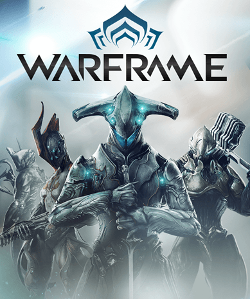
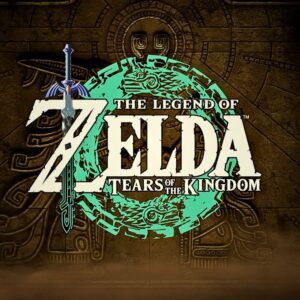




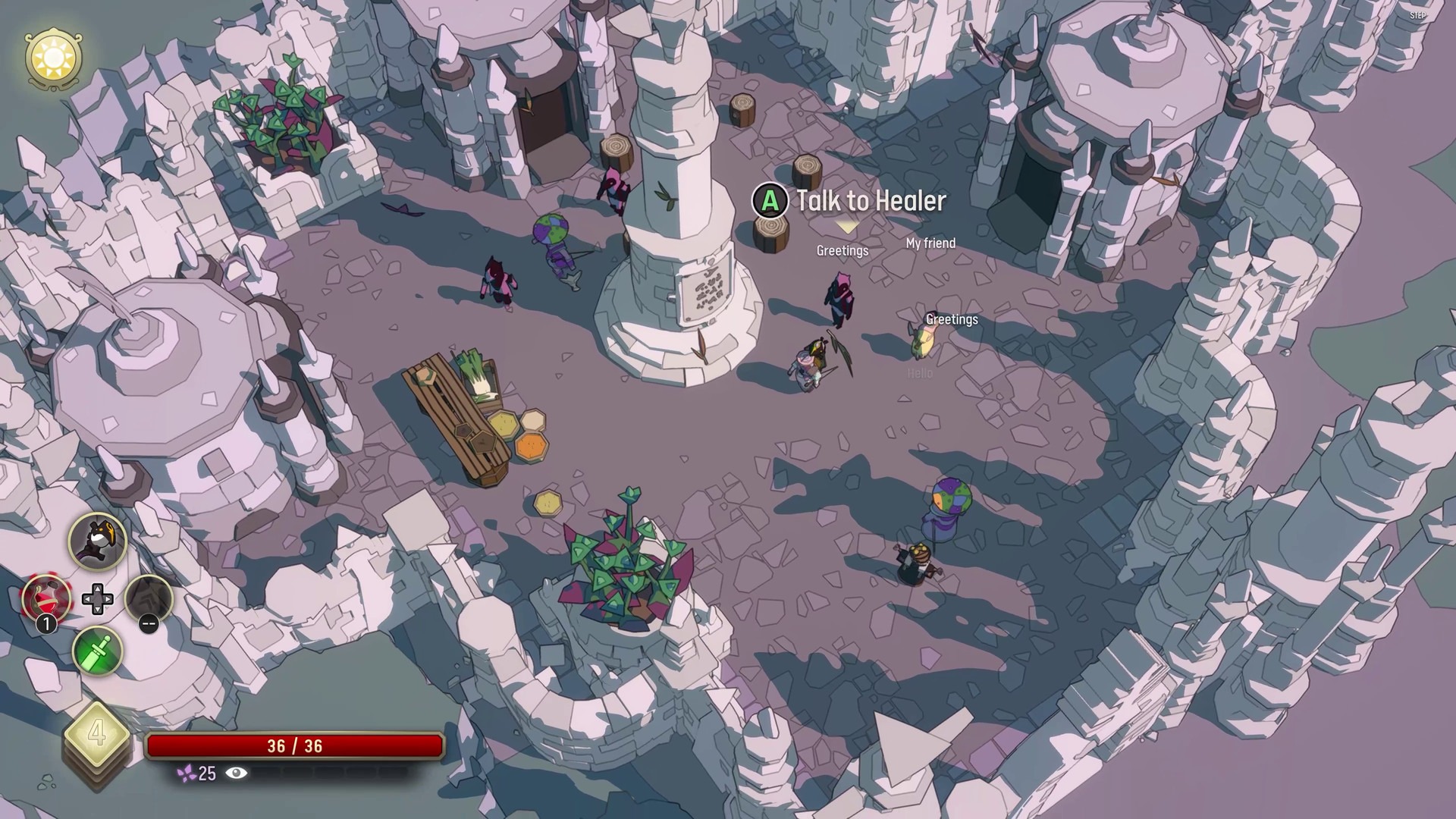 The Way of the Wayfarer: A Tabletop-Inspired System
The Way of the Wayfarer: A Tabletop-Inspired System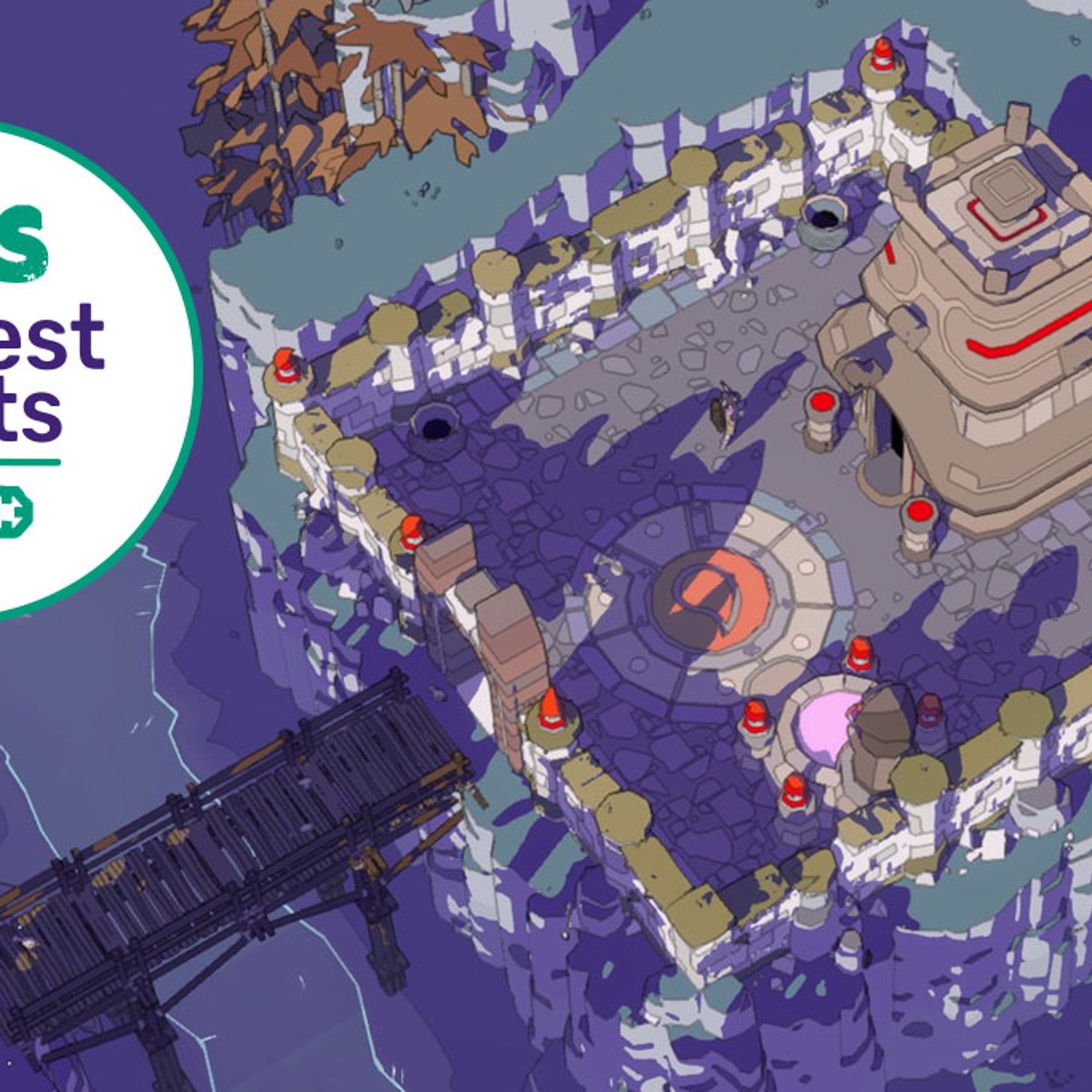 A Visual Feast and a Lasting Legacy
A Visual Feast and a Lasting Legacy